Cusco was another return to high altitude, but by now we were pretty used to it and were hoping that our short time at sea level hadn’t negated all the previous high altitude adaptation. The plan was that we would spend two days in Cusco and then head up the Sacred Valley for two days before starting the Inca trail. Well the best laid plans don’t always work and here was one time they failed miserably. None of it was ours or our travel agents fault, it just happened that the farming communities around Cusco and the Sacred valley had a strike. A strike here isn’t quite the same as in New Zealand, here it meant the roads would be blocked by trees and rocks and it could be very dicey to try driving in the Sacred Valley while this was happening due to the possibility of the rocks being thrown at us. Unfortunately this meant we would miss some of the Inca ruins in the Sacred Valley, but would be over in time for us to start the Inca trail as planned. Cusco had a lot to offer to keep us occupied.
We started by meeting our guide, Humberto, for a tour of the key sights of Cusco. The first was visiting Coricancha, the Inca sun temple that’s remains are part of Santo Domingo church. Originally covered in gold and one of the only two completed Inca structures, the Spanish pillaged it and tried to destroy it all. They may have taken the gold, but the Inca’s were amazing engineers so the structure couldn’t be destroyed completely. The precise carving of each stone and the exact fit of one stone to another made it as much of a puzzle to pull apart as they must have been to put together so the Spanish used it as the foundations for their own church.
Next we visited the other completed structure, Sacsaywaman, or ‘Sexywoman’ as our guide liked to tell us. Again this had been mainly destroyed but when you see how humongous some of the rocks are, you can understand why so much of it remains. It is believed that there were massive towers and provided an amazing view over Cusco and the valleys around. The name means back of the head, which fits with Cusco having been built in the shape of a Puma and the shape of Sacsaywaman providing the mane in the zigzag placement of the rocks.
Following this we went up further to Puca Pucara, meaning red fortress. From here you could see to other watch towers on the mountains that the Incas would use for communication. Near here was another site, Tambo Machay, that was believed to have been sacred baths. Here you could further see the ingenuity of the Incas with their carved stone water pipes. We stopped at another site, Qenqo, meaning labyrinth, which was a sacred site where they prepared the bodies after death on the ritual table. It would be easy to miss this place as it is pretty much a massive rock with large cracks that would be the access points, making it a bit of a labyrinth to get into and around.
The next day was when we had been supposed to head into the Sacred Valley so instead we met Humberto again and he took us around the San Pedro Market. It was fascinating seeing the variety of products for sale including meat, produce, bread, spices, flowers, chocolate, shoes, etc. Everywhere had it’s appropriate place and out the back was the offal area. Oddly, the areas to eat were also out the back, the ones further from the offal area were busier and supposedly much better.
As we were walking back to the main square the strikers who made it into town marched passed, they seemed quite peaceful, so I was wondering if things were as bad as people had made out.
At the Inca museum we were able to see replicas of some of the Inca ruins we wouldn’t be seeing. The Incas had a fascinating way of constructing terraces which they then used to acclimatise plants to different temperatures, one in particular was the Moray ruins consisting of fully circular terraces, which they called an Inca laboratory.
We visited the massive Cathedral of Santo Domingo. The interesting aspect of many of the Catholic Churches was how they incorporated some of the native beliefs to encourage the adoption of Catholicism. One in particular was the use of mirrors, Catholics view it as vanity, but the native belief is that they are a window to the soul, so mirrors have been incorporated into many of the churches and cathedrals. Churches were certainly blurring for me as I had now seen so many and they all had certain quirks and interesting stories, but many were slight variations on another.
On our final day in Cusco, the weather had packed in and it was miserable. Luckily the Chocolate Museum was just down the street from our hotel and they offered chocolate making classes. Our timing was impeccable as we showed up just before they started the next class. The museum itself was quite interesting, but the class definitely enhanced the experience. This was the first time I’d been involved in the chocolate making process from raw cacao bean to chocolate. Roasting was probably the easiest part since we just placed them in a terracotta dish and roasted them over a gas flame until they started to pop. While they were still hot, we needed to shell them, we used the shells to make a cacao tea with hot water, a tasty alternative to hot chocolate. We were then given a mortar, pestle and a handful of beans to grind to cacao paste. The aim was to create a smooth cacao paste but we all pretty much sucked and you certainly couldn’t make chocolate from what we managed to do. It wasn’t wasted though, we could use our gritty semi paste to make a couple of hot chocolates. The Aztec drink, Xocolatl, with cacao paste, chilli, honey and hot water (some blood must be included if making an offering to the gods) and the supposed first milk hot chocolate with cinnamon, cloves and sugar. Using properly tempered chocolate we then made our own chocolates that would be a great snack on the Inca trail.

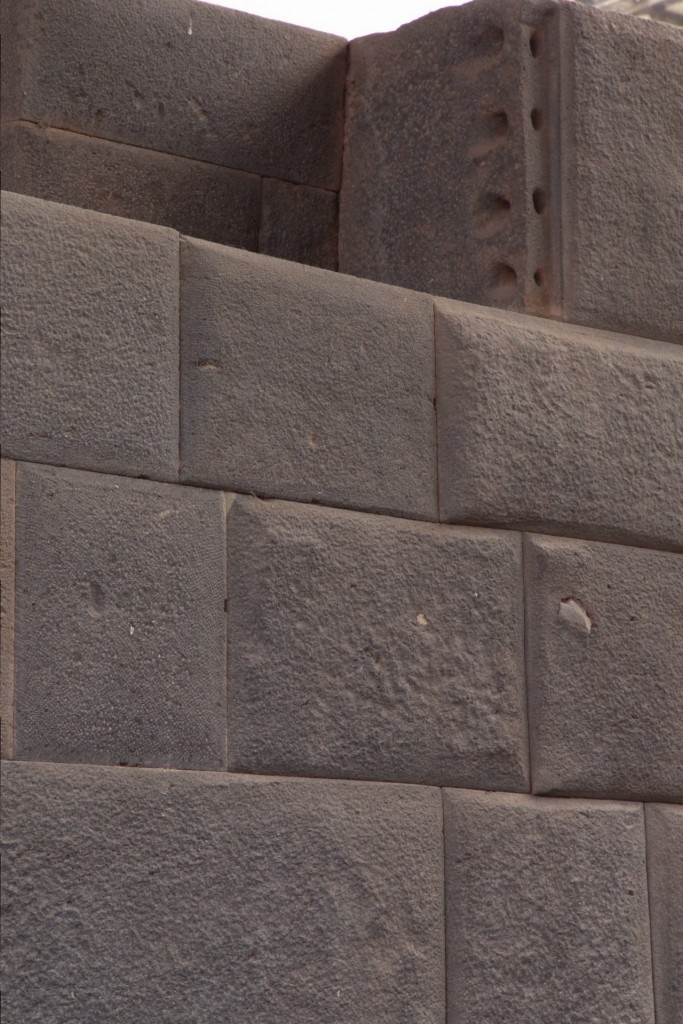
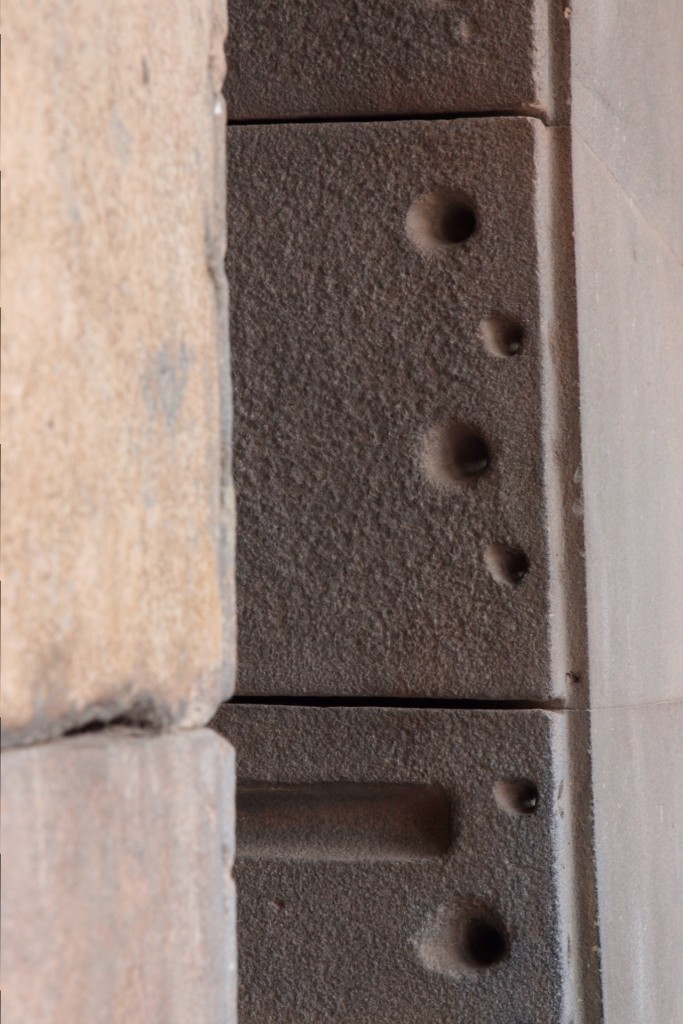
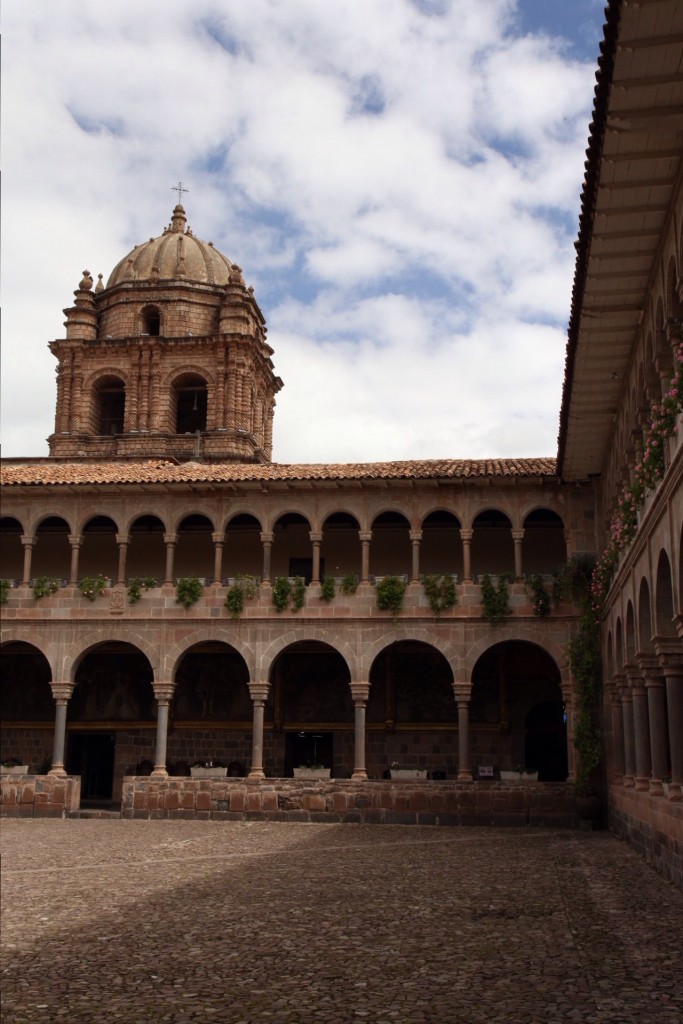
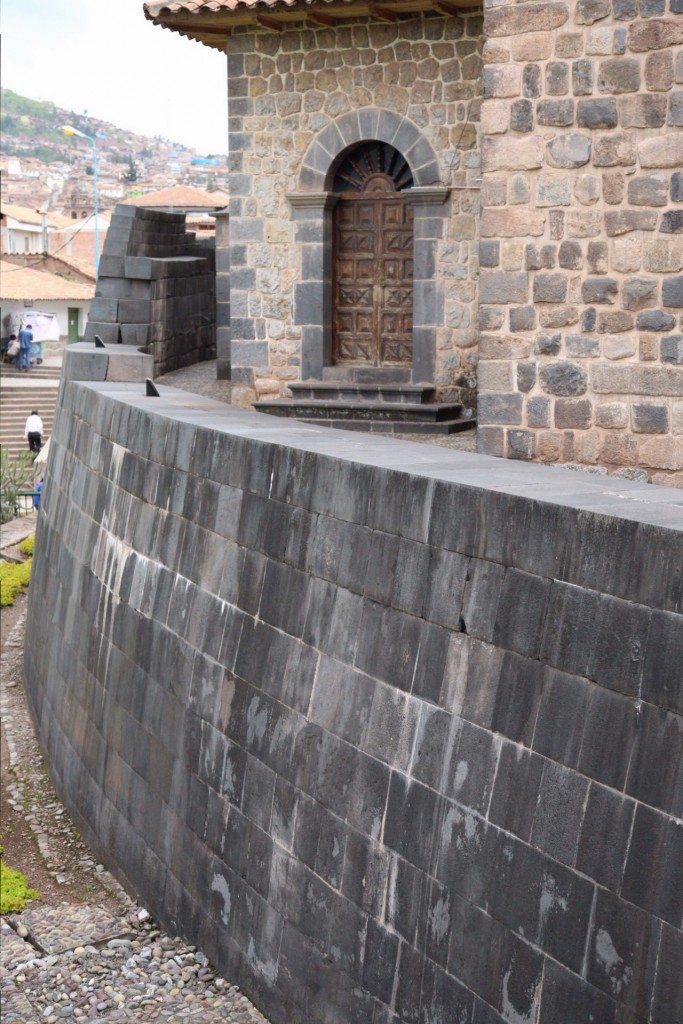
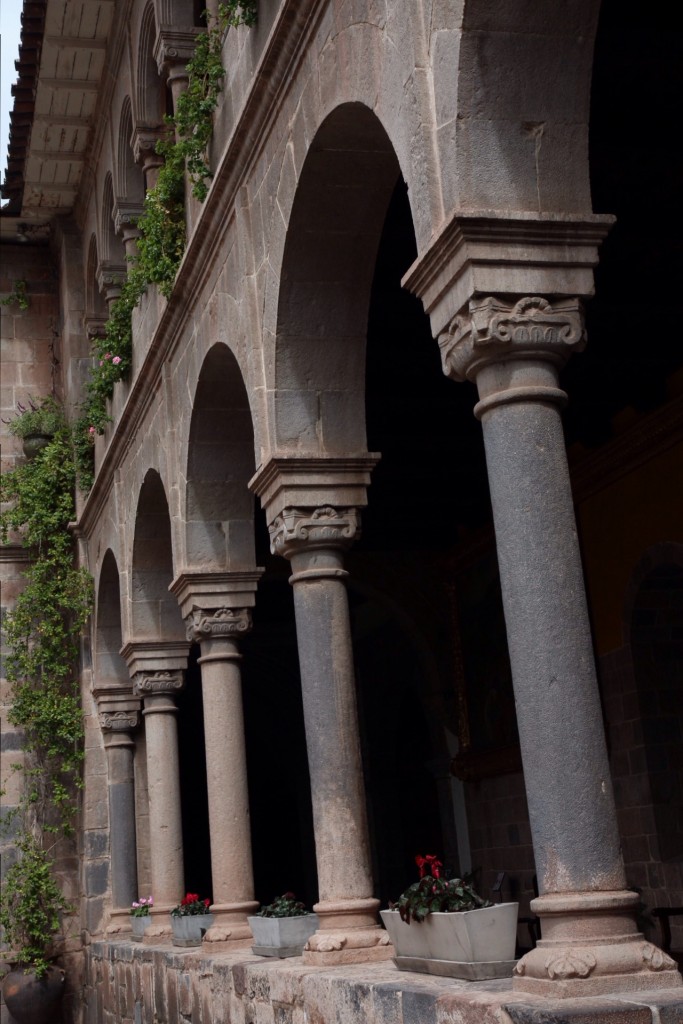
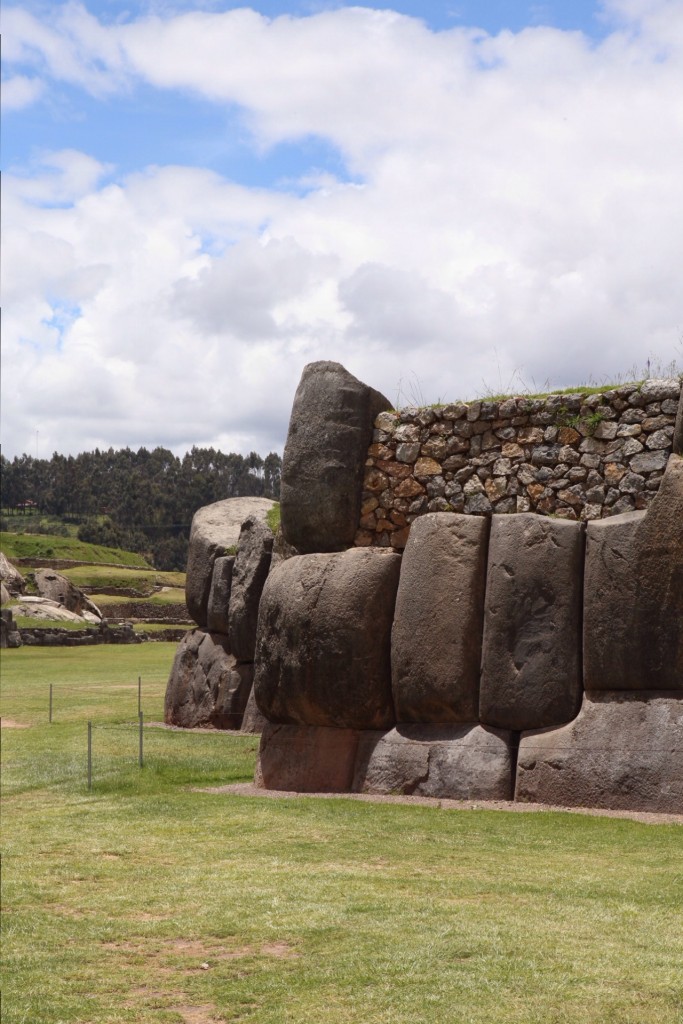
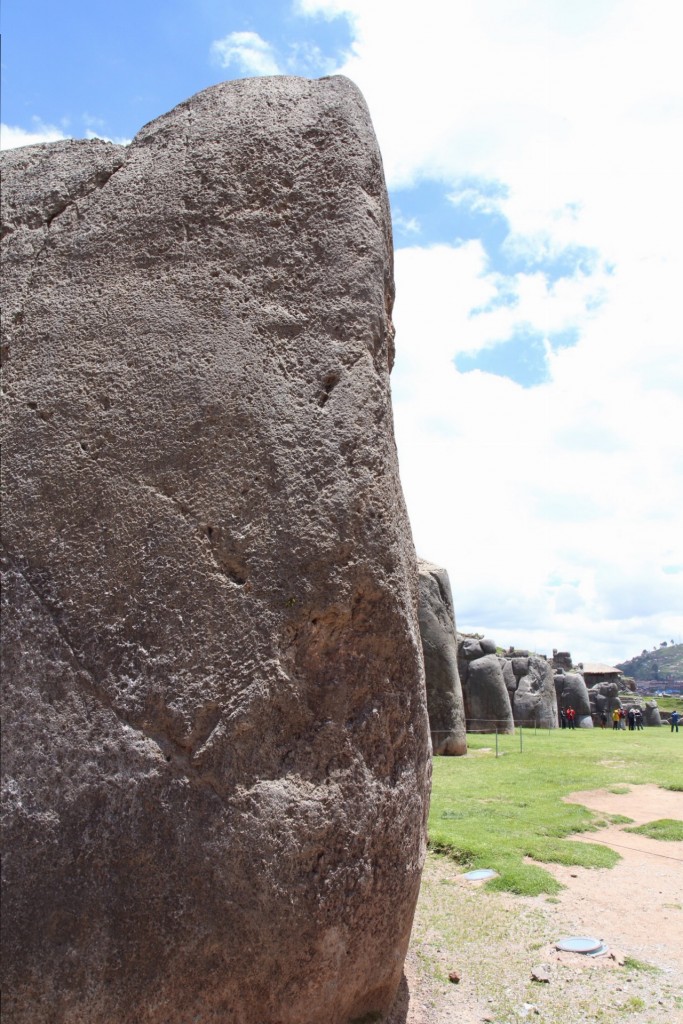
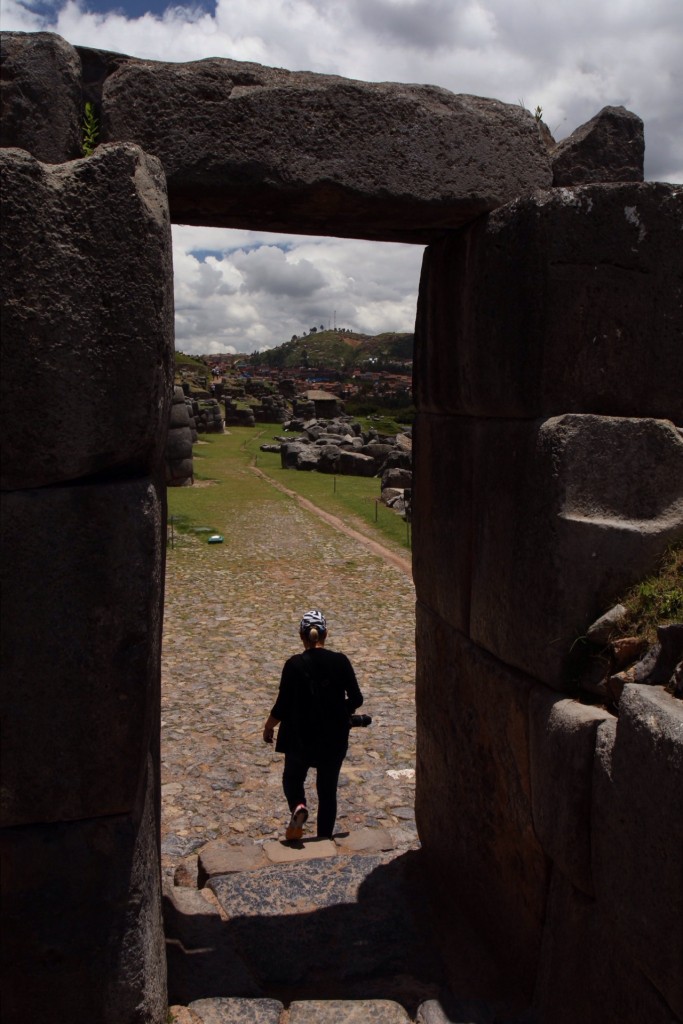
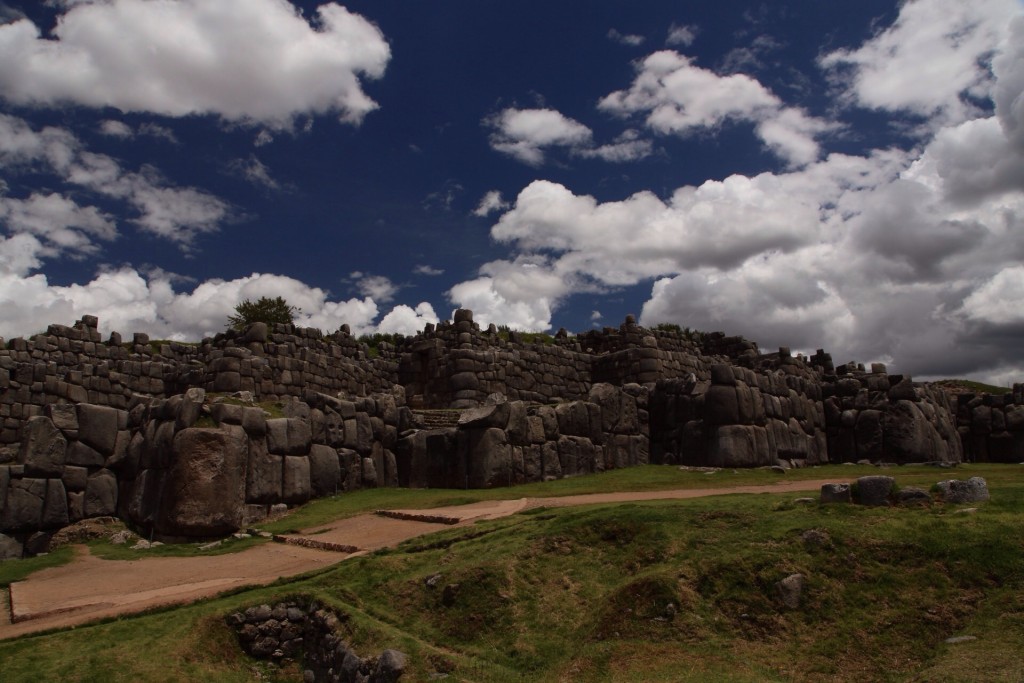
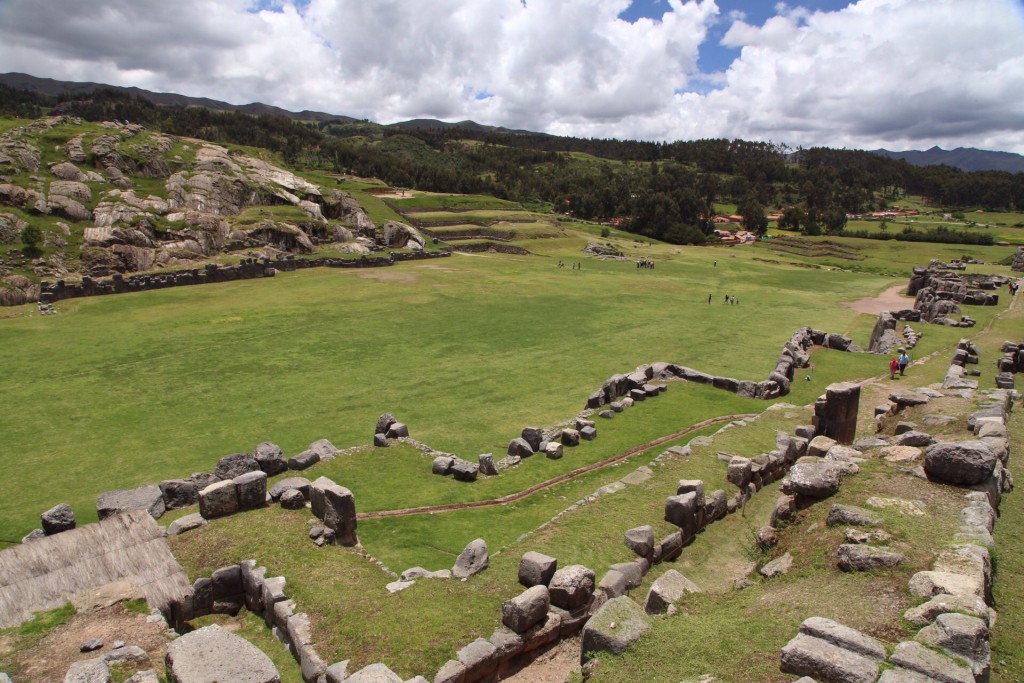
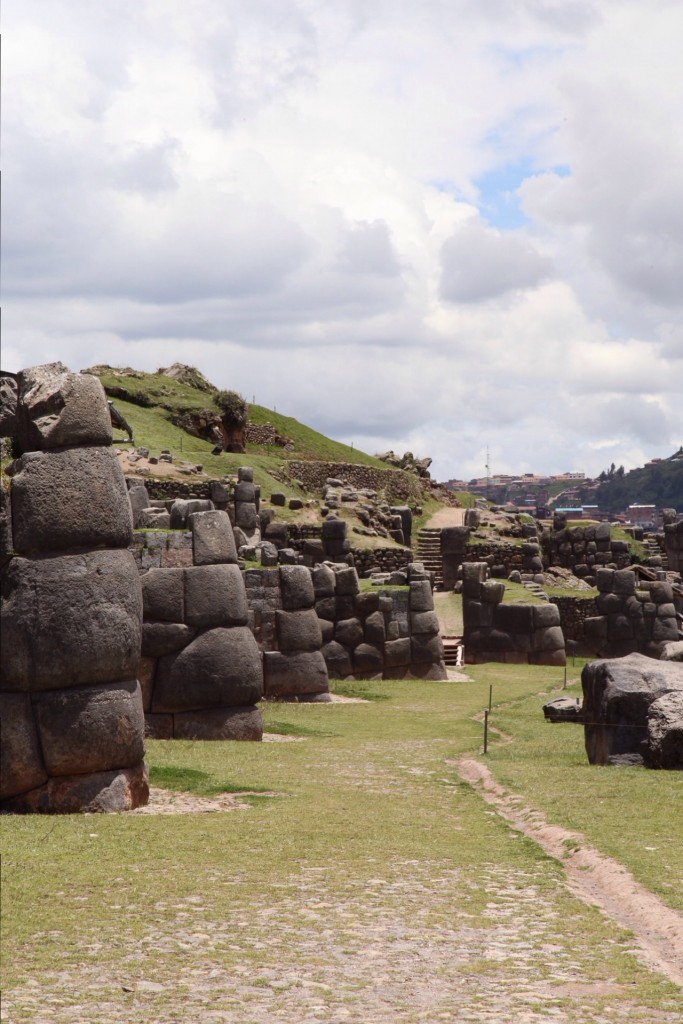
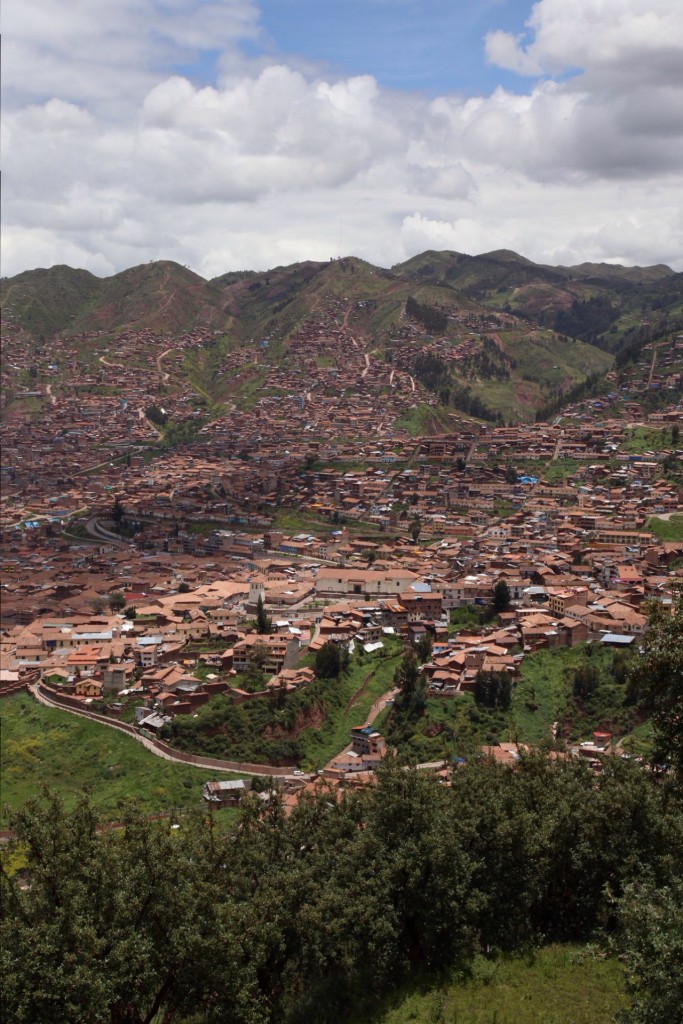
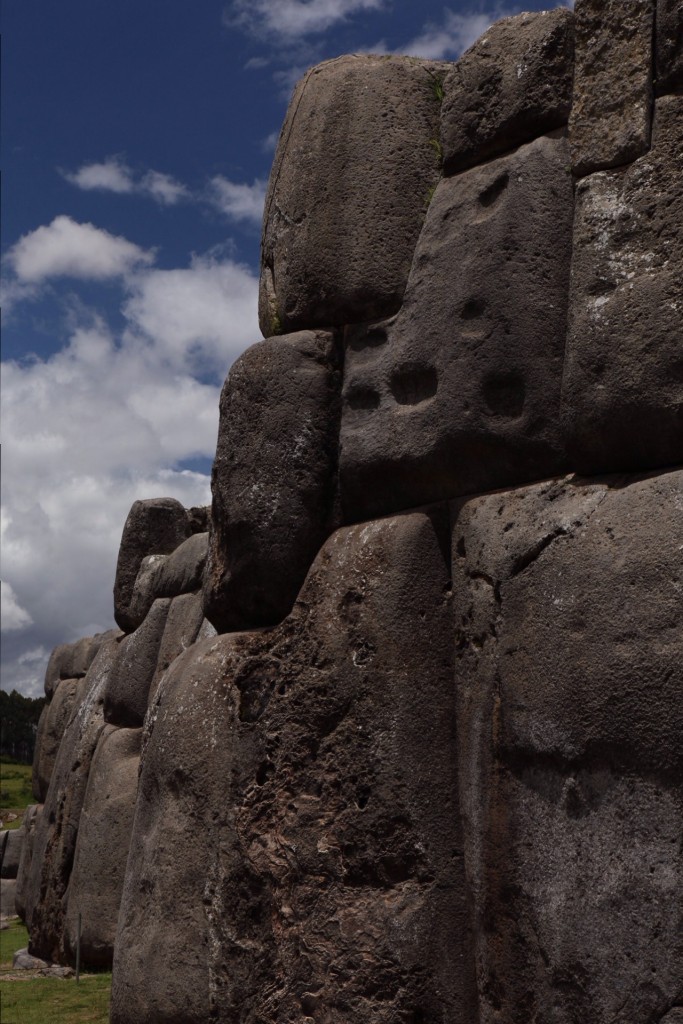
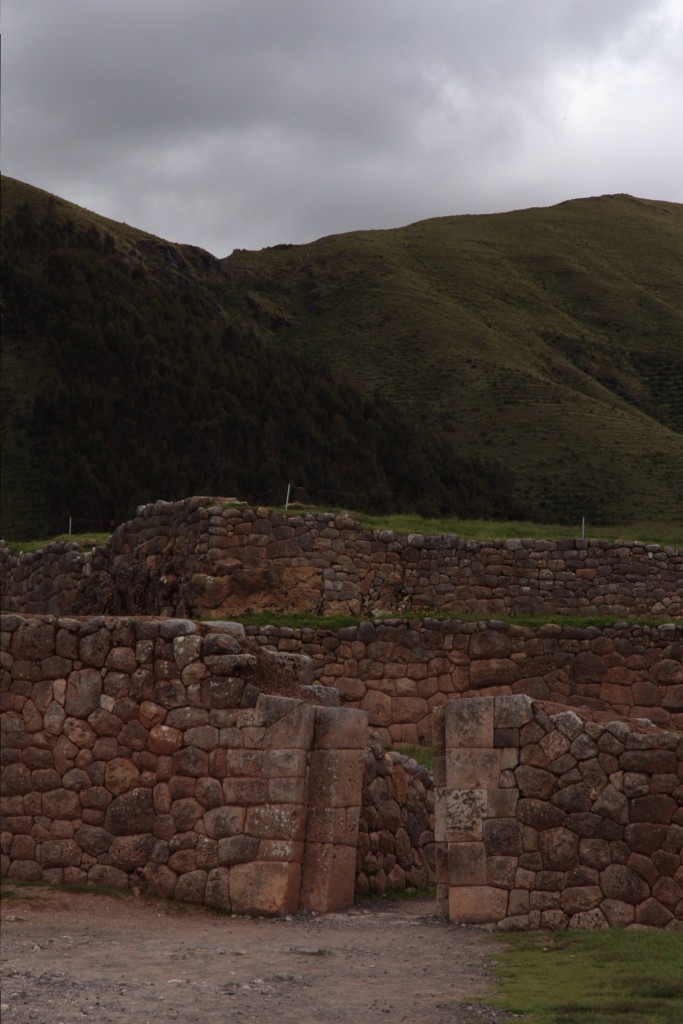
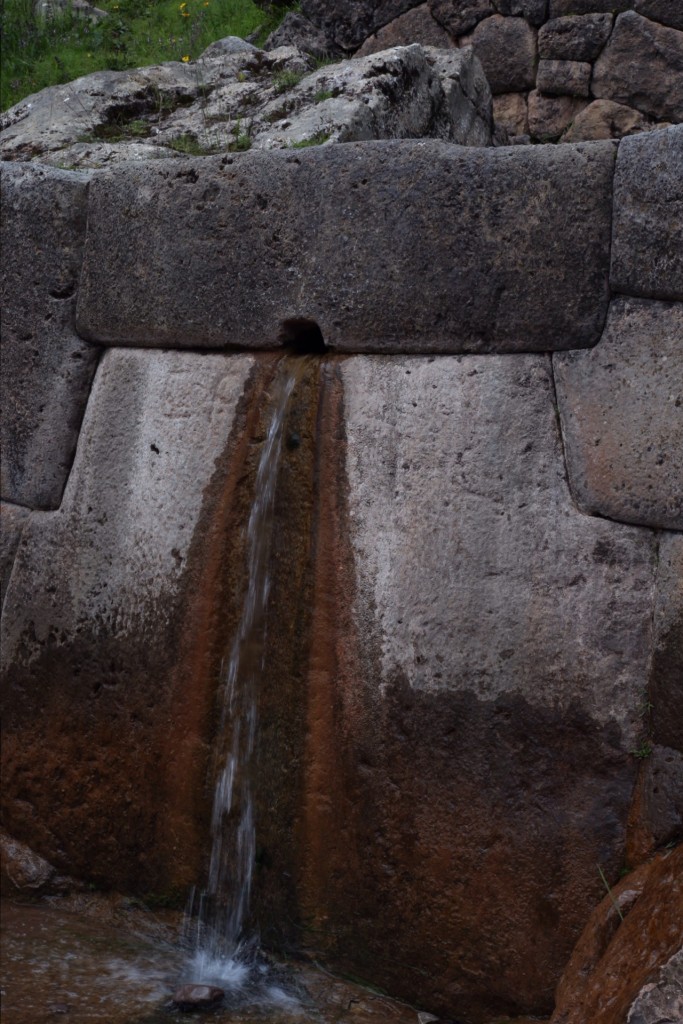
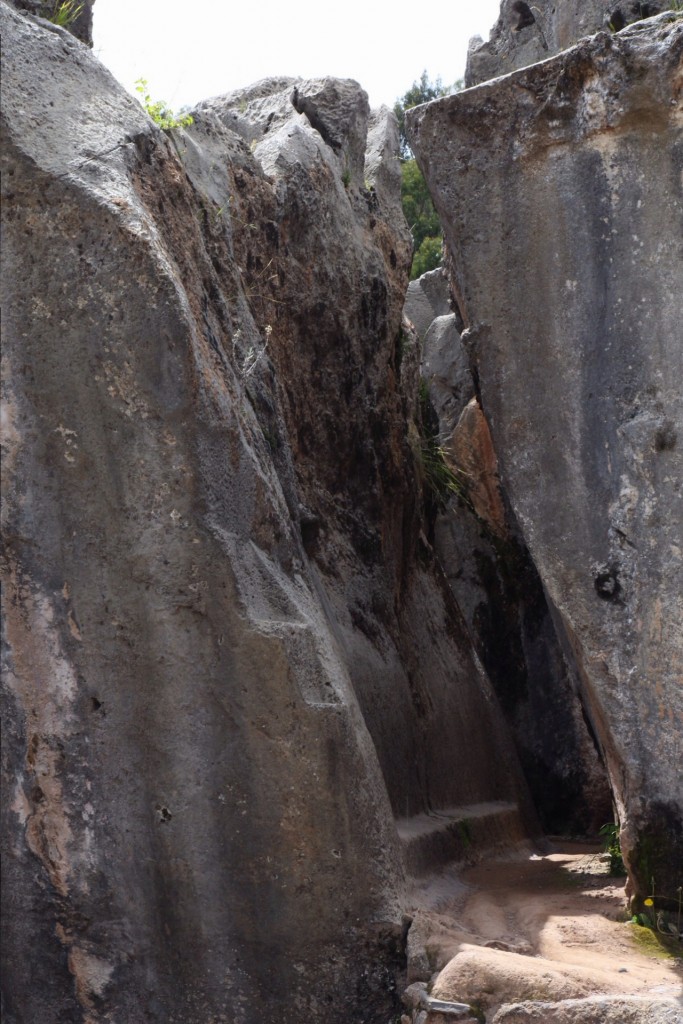
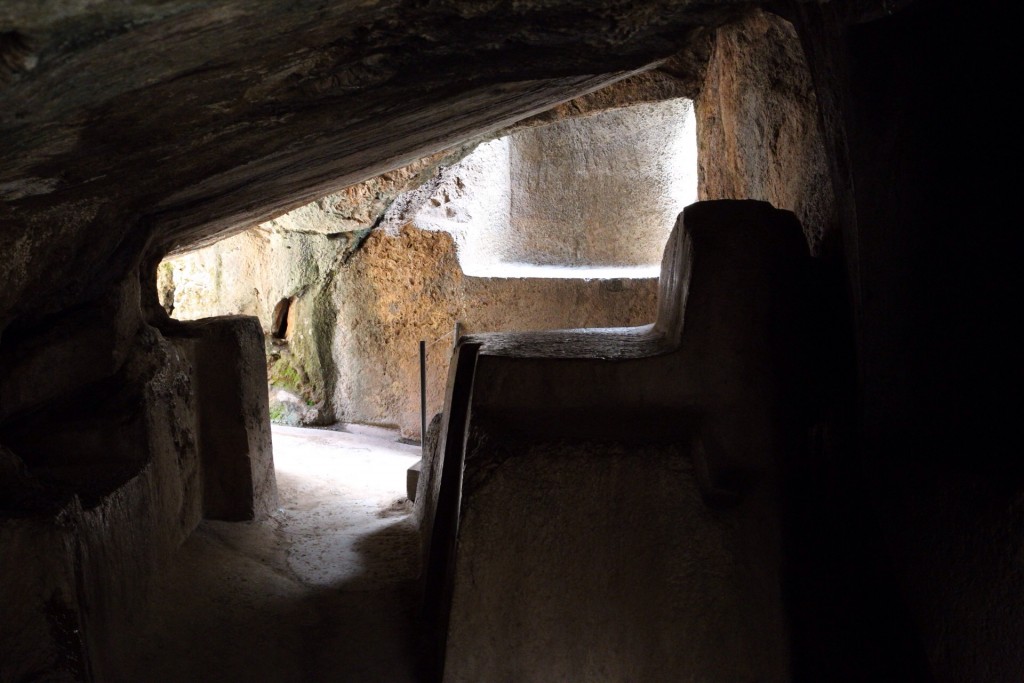
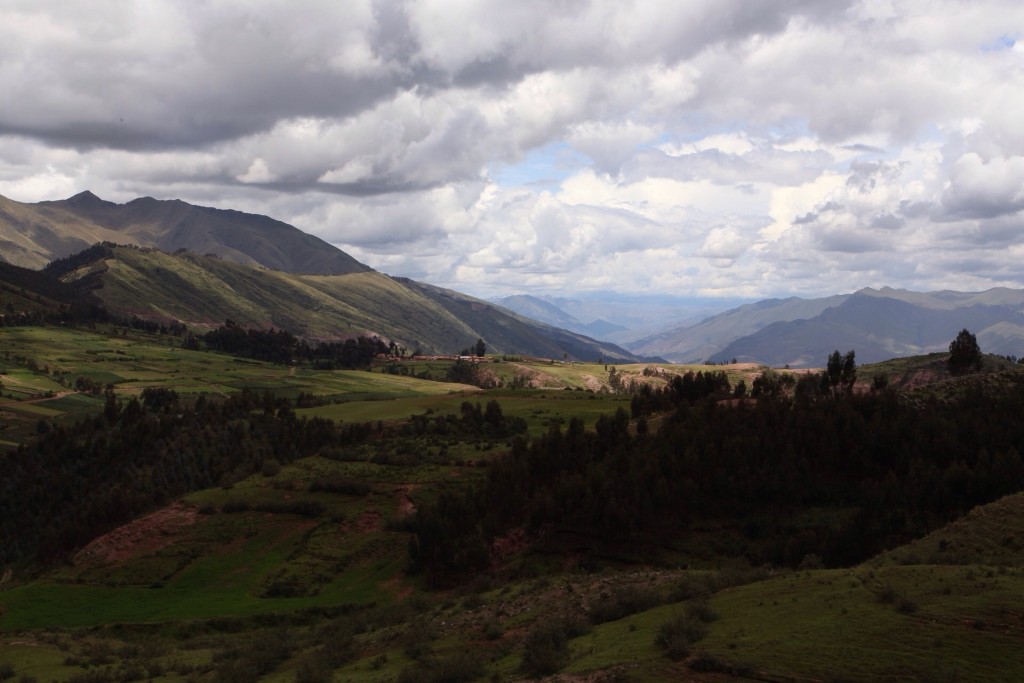
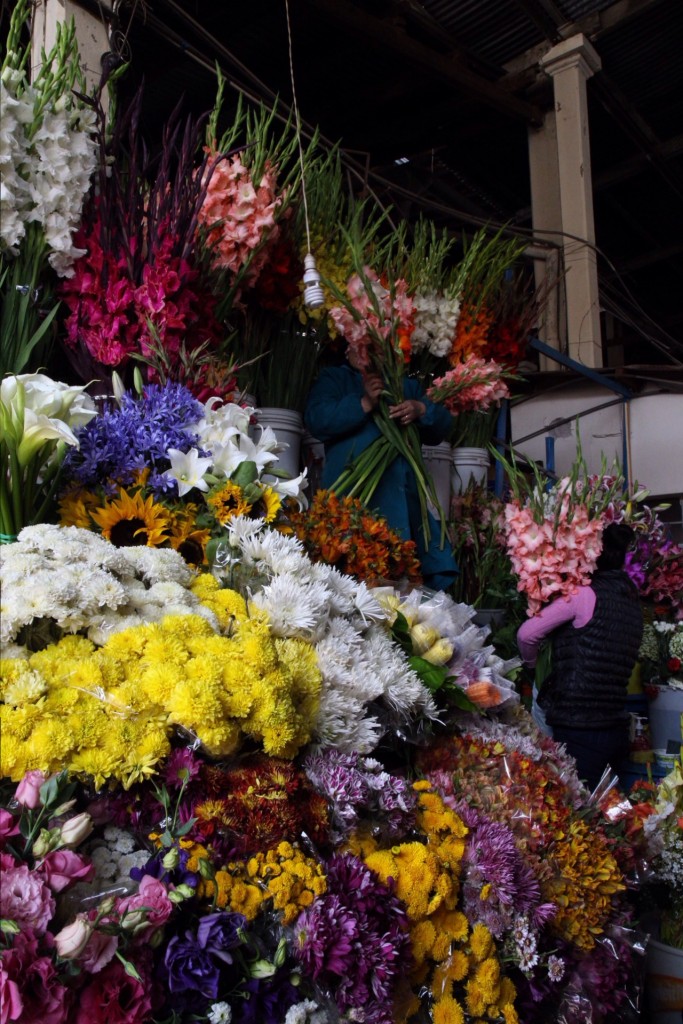
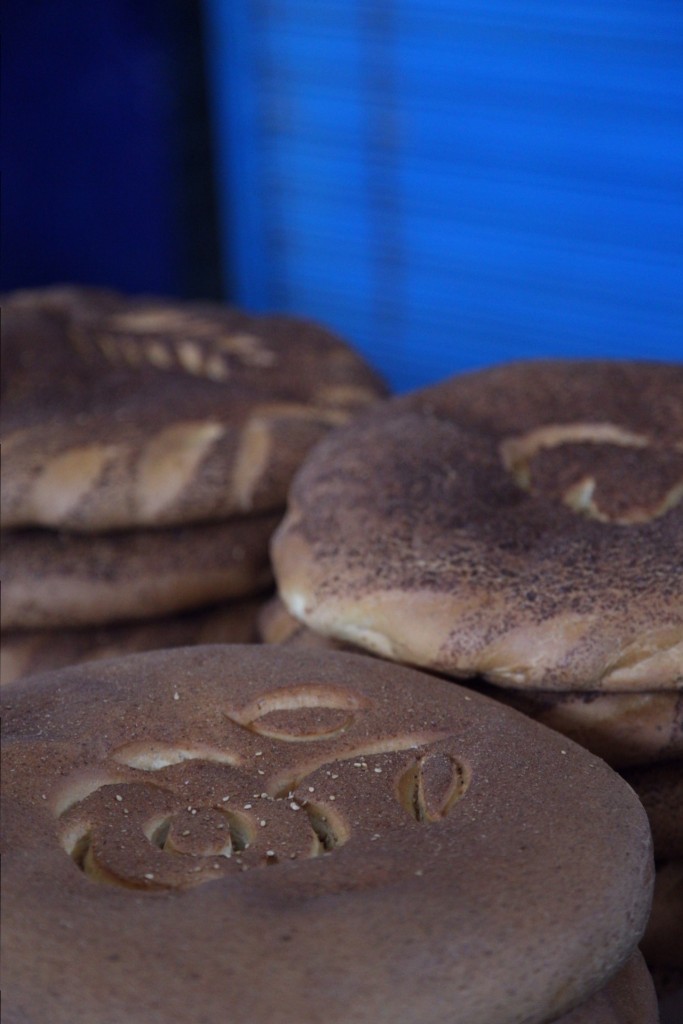


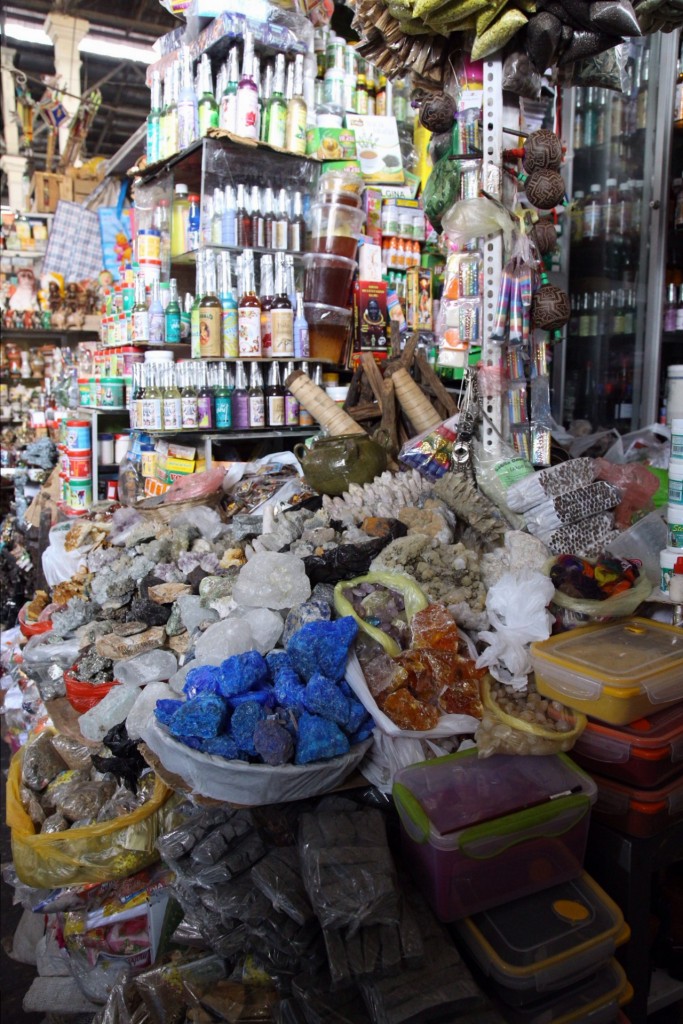
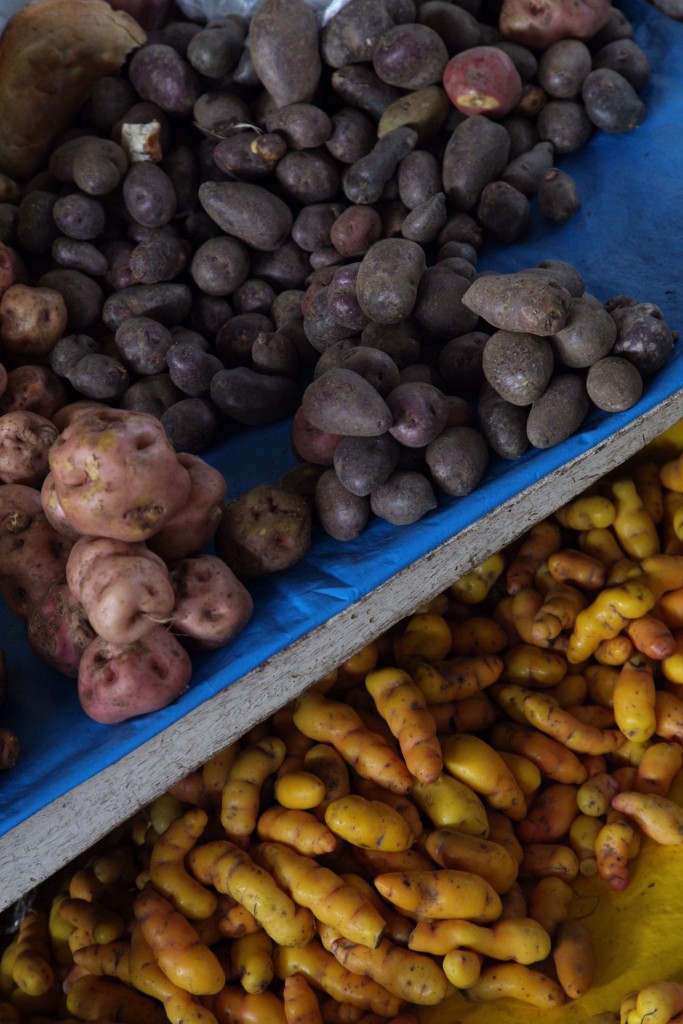
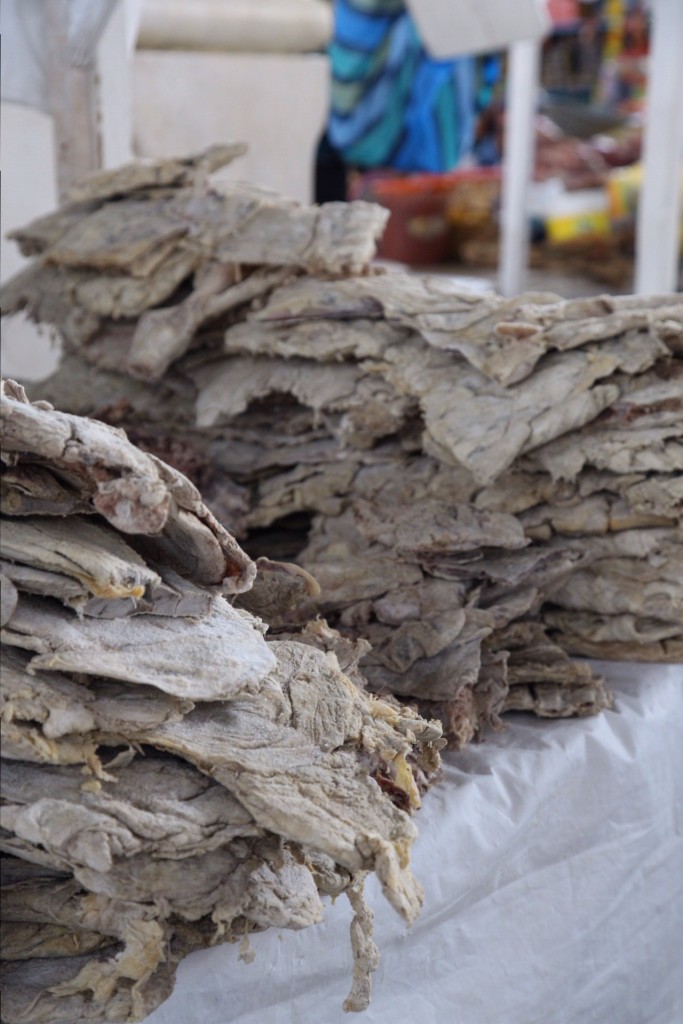
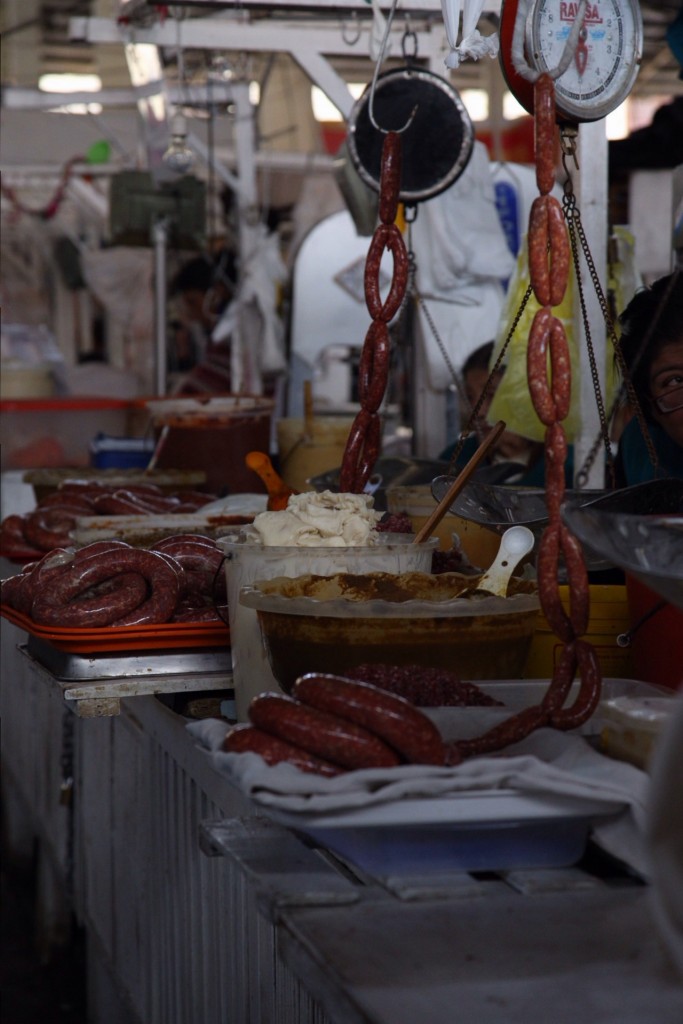
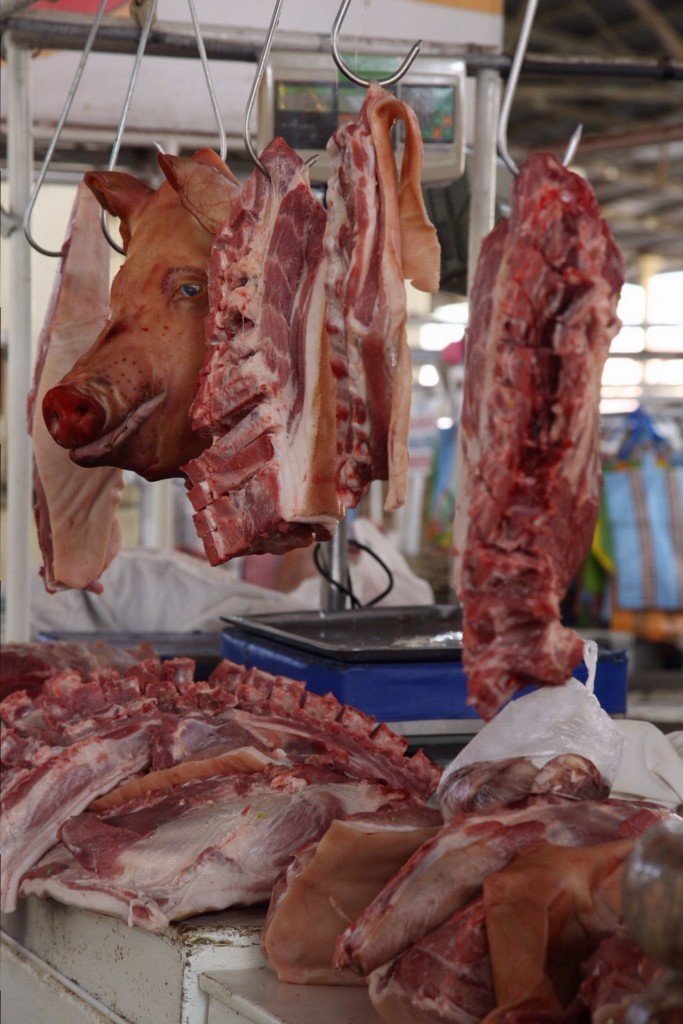
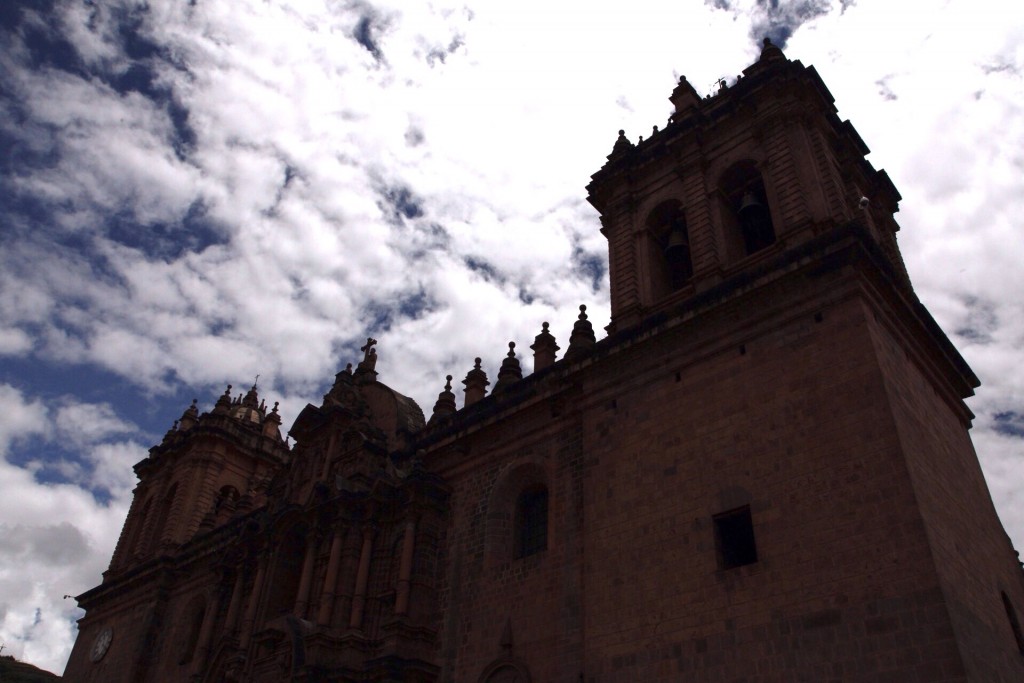
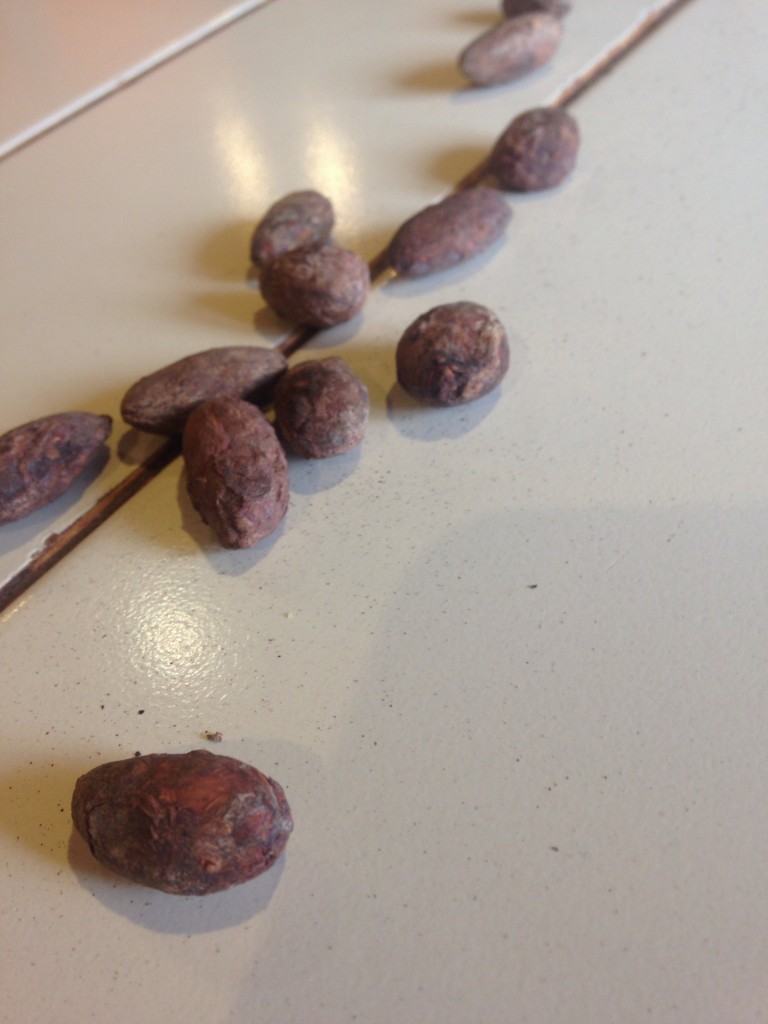
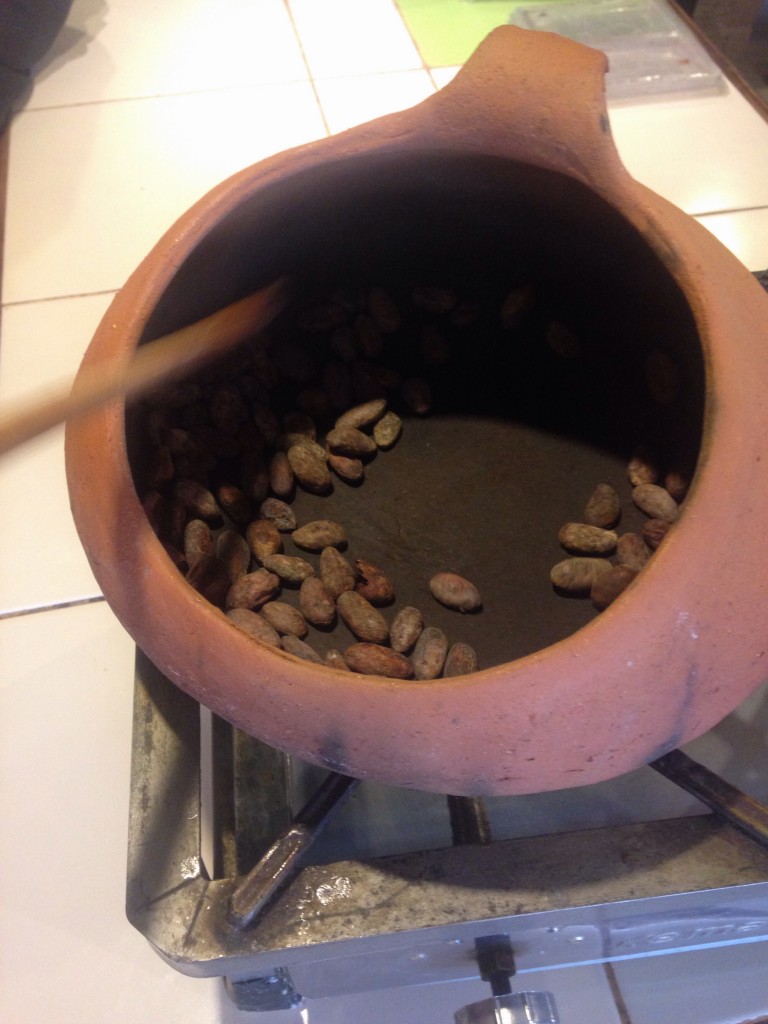
Recent Comments